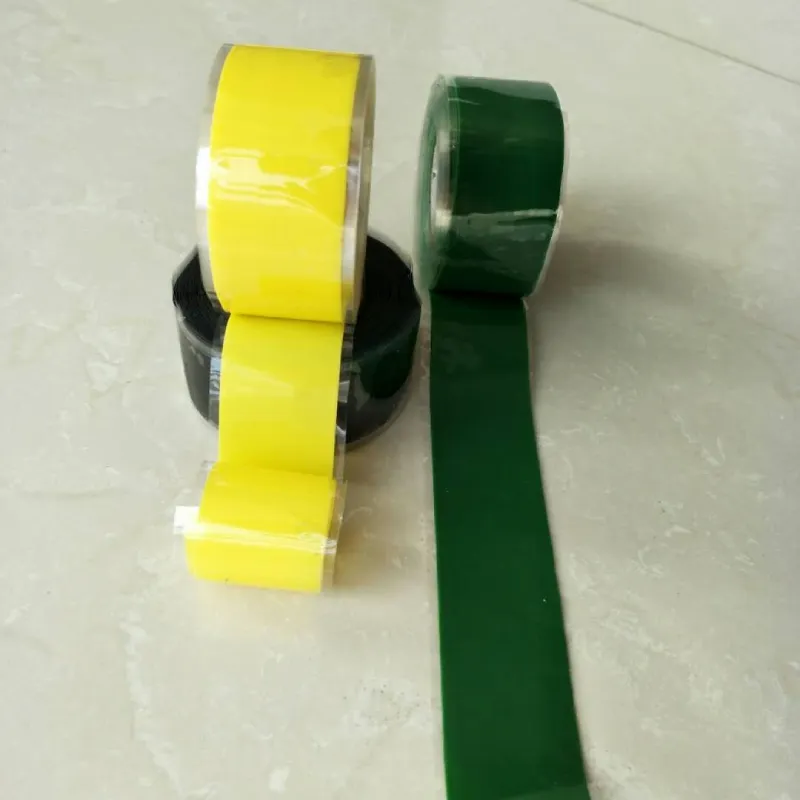Understanding Hazard Floor Tape Importance, Types, and Applications
In any workplace or environment where safety is a top priority, understanding the significance of hazard floor tape is crucial. This specially designed tape serves as a visual warning to indicate potential hazards or to direct the movement of individuals through a facility. In this article, we will explore the importance of hazard floor tape, the various types available, and their applications across different settings.
The Importance of Hazard Floor Tape
Safety is not just a regulatory requirement; it is also a moral obligation for businesses and organizations to protect their employees and visitors. Hazard floor tape plays a vital role in maintaining a safe environment. By clearly marking hazardous areas, such as loading docks, staircases, and areas with heavy machinery, this tape helps in preventing accidents and injuries.
The visual impact of brightly colored tape cannot be understated. It provides immediate recognition of risks, which is especially helpful in environments where quick decision-making is essential. The presence of hazard tape can significantly enhance awareness, allowing individuals to take precautionary measures and avoid dangerous situations.
Types of Hazard Floor Tape
Hazard floor tape comes in a variety of types, each designed for specific purposes
. Here are some common types1. Non-Slip Floor Tape This type of tape not only serves as a warning but also provides a textured surface to reduce the risk of slips and falls. It is particularly effective in areas prone to water or spills.
2. Reflective Floor Tape Designed for low-light environments, reflective tape improves visibility in dim conditions, making it ideal for warehouses or outdoor areas where lighting may be inadequate.
3. Vinyl Hazard Tape Made from durable vinyl material, this tape is resistant to wear and tear. It is used to mark hazardous zones such as electrical panels, chemical storage areas, and more.
4. Custom Printed Tape Organizations might choose to create custom messages or symbols on their hazard tape, ensuring clear communication about specific risks within the facility.
hazard floor tape

5. Glow-in-the-Dark Tape In case of power failure or emergencies, glow-in-the-dark tape can be a lifesaver. It allows individuals to navigate safely by providing illumination in otherwise dark areas.
Applications of Hazard Floor Tape
The applications of hazard floor tape are vast and varied, making it a staple in numerous industries
- Manufacturing Facilities In factories where heavy machinery operates, hazard floor tape is used to delineate pathways and warn employees of dangerous zones.
- Warehouses In warehouses, clear demarcation of aisles and storage areas is essential for organization and safety. Hazard tape can indicate walkways, emergency exits, and no-entry zones.
- Construction Sites Construction sites are inherently hazardous, and the application of cautionary tape can keep workers aware of potential dangers such as open pits or moving equipment.
- Hospitality Industry In hotels and restaurants, non-slip hazard tape is often used to mark areas where spills may occur, preventing accidents to patrons and staff alike.
- Healthcare Facilities Hospitals employ hazard tape to guide patients and visitors through complex layouts while marking areas that might pose health risks, such as isolation rooms.
Conclusion
As we navigate through work and public environments, hazard floor tape serves as a simple yet effective tool in promoting safety. By understanding the different types and their applications, organizations can better implement these measures to minimize risks. Whether in a factory, hospital, or any high-traffic area, the strategic use of hazard floor tape is essential for safeguarding lives. Investing in quality hazard floor tape is a small price to pay for a significant enhancement in workplace safety and awareness.
-
The Versatility of Cloth Insulation TapeNewsApr.07,2025
-
The Power of Self Amalgamating Silicone TapeNewsApr.07,2025
-
The Importance of Weatherstrip Seal: Your Ultimate Protection SolutionNewsApr.07,2025
-
Tape Electrical Insulation: A Reliable Solution for Your Electrical NeedsNewsApr.07,2025
-
Discover the Wonders of Electrical Splicing TapeNewsApr.07,2025
-
Discover the Versatility of PVC Electrical TapeNewsApr.07,2025
